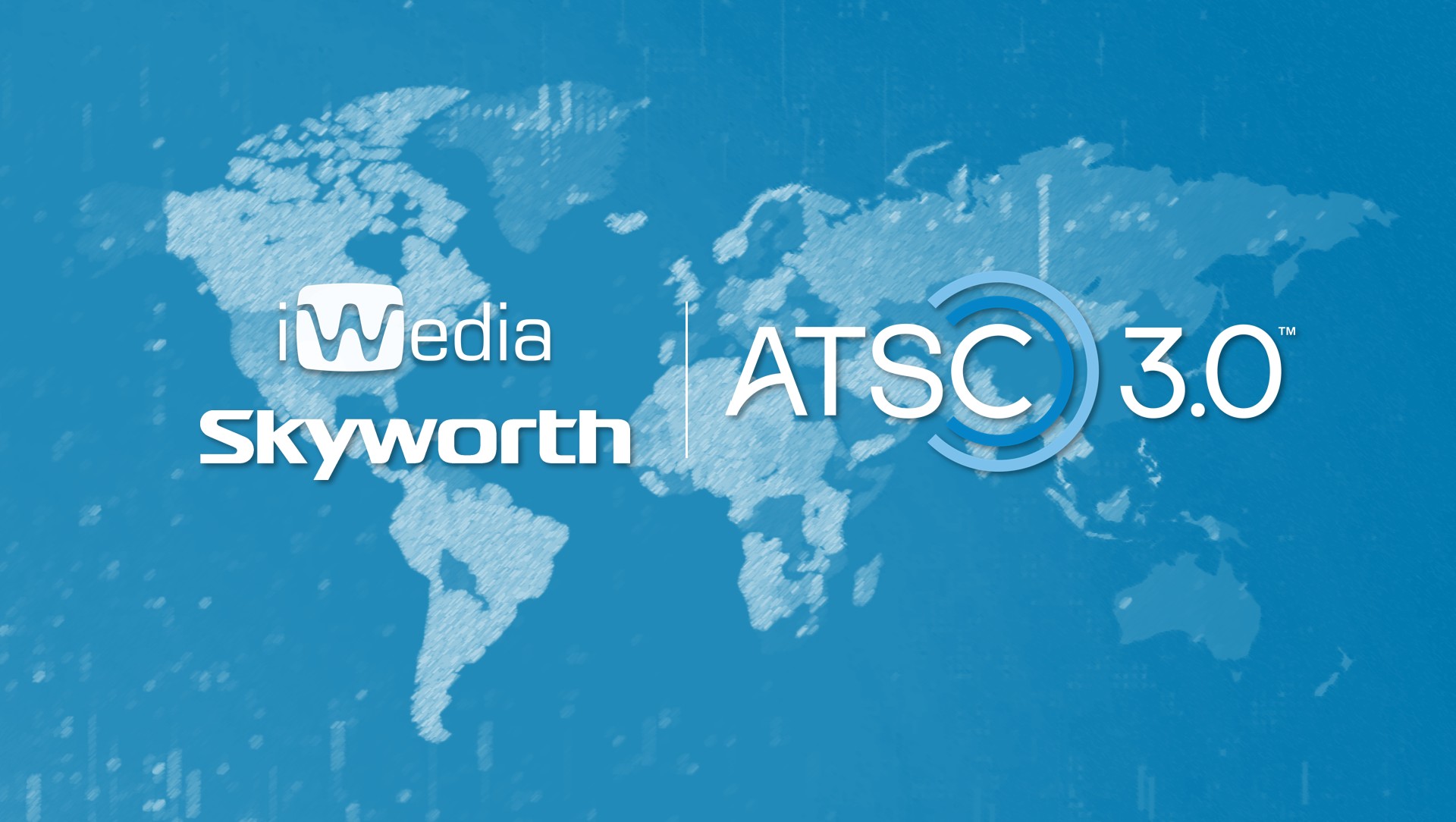You may have noticed that the DTV electronic program guide (EPG) information in PSIP doesn’t always match what’s on the air. A sporting event may have run long, or program descriptions may simply say “DTV programming,” with no clue as to content. Under the new rules adopted in the Report and Order in Third Periodic Review of the DTV transition, within 120 days after publication of that document there should no longer be a problem.
Program guide data must accurately and fully reflect what’s on the air, and should there be changes to program times, the EPG must be updated. This should make it much easer for TiVO/PVR/DVR users. However, it will likely make it much more difficult for broadcasters to comply with the rules.
The problem is many stations obtain the data transmitted in their DTV EPG from services such as Tribune Media Service, which provide not only the title of the program, but its V-chip rating and other information. On the other hand, the actual timing of the program at the station level is set in the traffic log, and this usually does not contain full program information. It may also use cryptic abbreviations to fit a unique program name in the space allowed. Actual airtime of sporting events might be reflected in a master control operator’s handwritten notes or modification of an entry in the automation software. To provide the level of detail that the FCC is requiring broadcasters implement within 120 days, all such information will have to be combined and used to generate the DTV EPG data. That won’t be easy!
Multichannel video programming distributors (MVPDs) that use program guides supplied by outside services instead of the EPG in the broadcasters signal may find their guides don’t catch these changes, which could cause problems for subscribers using PVRs or DVRs to record programming.
The professional video industry's #1 source for news, trends and product and tech information. Sign up below.

Doug Lung is one of America's foremost authorities on broadcast RF technology. As vice president of Broadcast Technology for NBCUniversal Local, H. Douglas Lung leads NBC and Telemundo-owned stations’ RF and transmission affairs, including microwave, radars, satellite uplinks, and FCC technical filings. Beginning his career in 1976 at KSCI in Los Angeles, Lung has nearly 50 years of experience in broadcast television engineering. Beginning in 1985, he led the engineering department for what was to become the Telemundo network and station group, assisting in the design, construction and installation of the company’s broadcast and cable facilities. Other projects include work on the launch of Hawaii’s first UHF TV station, the rollout and testing of the ATSC mobile-handheld standard, and software development related to the incentive auction TV spectrum repack. A longtime columnist for TV Technology, Doug is also a regular contributor to IEEE Broadcast Technology. He is the recipient of the 2023 NAB Television Engineering Award. He also received a Tech Leadership Award from TV Tech publisher Future plc in 2021 and is a member of the IEEE Broadcast Technology Society and the Society of Broadcast Engineers.
